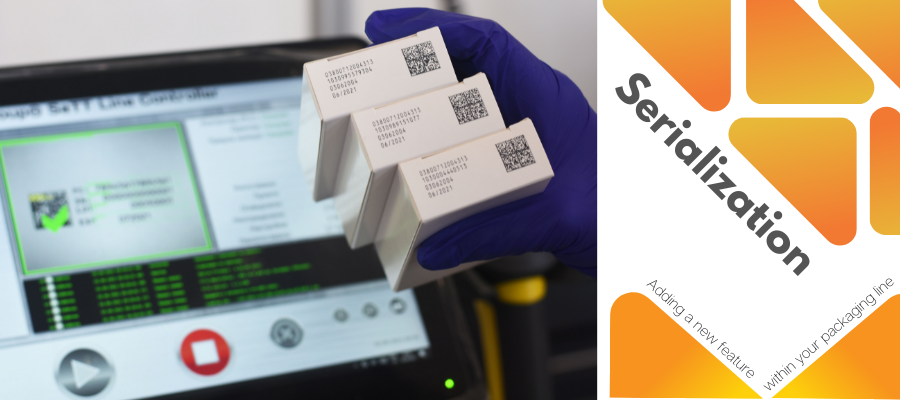
Table of Contents
Africa, the second largest continent, is heading straight forward to a transparent and secure pharma supply chain.
When we are talking about the establishment of regulatory requirements in the territory of a whole continent, the scenario is quite different and complicated for the supply chain participants. However, Africa is heading on that journey. According to a report by WHO, the market volume of counterfeited drugs on the continent was USD 30 billion. African Medicines Agency (AMA) as well as the other key regulatory authorities have many challenges in front of them. The landscape for the moment is still unclear because the 54 countries in Africa operate with different frameworks and standards. When we have such a situation, we have many questions. Let`s start with the answers >>
Does Africa have a “plan” for Track & Trace establishment in the Pharma industry?
Yes, the PMPA – Pharmaceutical Manufacturing Plan for Africa. The document addressed a large number of pain points, some of them:
- fragmented and weak regulatory systems
- fragmented and poor procurement and supply chain systems
- policy incoherencies across trade, industry, health, and finance
- poor business to business linkages and collaboration
What is the role of AMA?
African Medicines Agency is responsible for:
coordination of national and sub-regional regulatory systems for medical products
provision of regulatory oversight of selected medical products as well as promote cooperation
harmonization and mutual recognition of regulatory decisions
AMA is serving as a catalyst for stronger regulatory oversight to curtail medical products that are SSFFCs*, enabling competitiveness of locally produced medicines, particularly those for diseases that disproportionately affect Africa.
* SSFFC: substandard, spurious, falsely labelled, falsified, and counterfeit. The term is created by WHO-and is in wide use in many WHO Member States.
Which are the other key regulatory authorities?
You could see all key regulatory authorities that are related or involved HERE.
Which are the main challenges?
- Regulatory framework
SoftGroup not once has pointed out that unified standards are the key to efficient and successful traceability. And it is not a coincidence. An example of the impact of using different regulatory frameworks is the case in Africa. The authorities struggle to harmonize their laws and as a result, they are not able to successfully track the supply chain. Moreover, the legal frameworks in some countries and regions are incomplete which makes the situation more difficult.
- Lack of “clear” administrative unit – NMRA
NMRA is responsible for regulatory functions such as marketing authorization, pharmacovigilance, market surveillance quality control, clinical trials, licensing and laboratory testing. In other words, each country must have NMRA. It is noted that only 7% of the countries had developed the capacity, the other about 90% had the minimum or had not started at all, operating within the Ministry of Health and as independent organizations.
- Huge unregulated market = a large opportunity for illegal activity
Considering that 94% of pharmaceutical and medicinal products in Africa are imported, as estimated by UNECA, and meantime the market struggle with the harmonization of the legal requirements, it is not a surprise that the authorities have a significant logistical and regulatory challenge in front of them.
How does the future look?
AMA and the different regulatory bodies are working diligently on the harmonization of standards. The pharma supply chain participants have to be up-to-date and prepare for the upcoming regulations.
Sources:
https://www.nepad.org/programme/african-medicines-regulatory-harmonisation-amrh
https://au.int/en/pressreleases/20200205/african-medicine-agency-ama-treaty
https://joppp.biomedcentral.com/articles/10.1186/s40545-020-00281-9#ref-CR20





